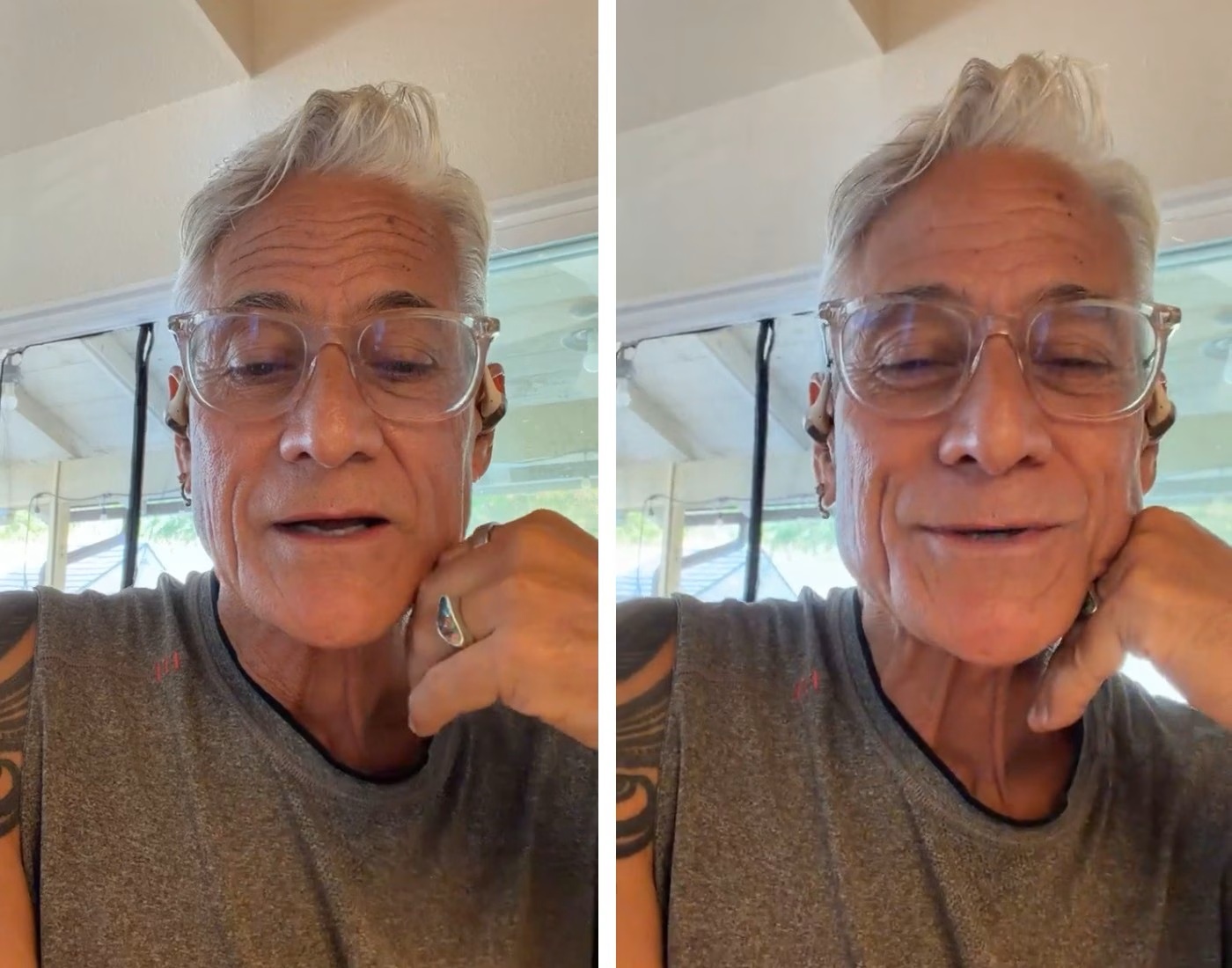How Do Mass Tort Lawsuits Help Hold Corporations Accountable?

When a corporation’s negligence causes harm to a large group of people, individual lawsuits often aren’t enough to demand justice. That’s where mass tort lawsuits come in. These legal actions are powerful tools that combine similar claims into a single coordinated process. They don’t just amplify the voices of victims; they also force companies to answer for widespread harm, from defective products to toxic exposure.
Mass torts aren’t just about compensation. They’re about pushing corporations into reform. Through public scrutiny, court proceedings, and high-stakes settlements, these lawsuits can expose harmful practices and stop them from continuing.
What Makes Mass Tort Lawsuits Different from Class Actions?
Mass torts and class actions are often confused, but they serve distinct legal roles. A class action combines all plaintiffs into one representative case. Mass torts, on the other hand, treat each plaintiff as an individual with their damages, injuries, and claim details.
That difference matters. In a mass tort, each victim’s story gets heard while still benefiting from the efficiency of shared legal arguments and coordinated discovery. This format is especially useful when injuries differ in type or severity, like in pharmaceutical cases where some patients experience minor side effects and others suffer life-threatening conditions.
Because each claim remains separate, mass torts allow for fairer outcomes and tailored compensation. Yet they still hold corporations responsible on a large scale, making them ideal for tackling systemic issues caused by corporate misconduct.
When Do Corporations Feel the Pressure?
Corporations begin to feel real pressure in mass tort cases when litigation gains momentum through public exposure, regulatory scrutiny, and media attention. The threat isn’t just legal, it’s reputational. Ongoing lawsuits can erode consumer confidence, rattle investors, and attract watchdog oversight, all of which put a company’s long-term value at stake.
As the case escalates, the risk of a damaging jury verdict or court-ordered disclosure increases. Facing mounting costs and brand damage, many corporations opt for high-value settlements to avoid further fallout. At this stage, legal pressure becomes a business threat they can’t afford to ignore.
Injured individuals often seek guidance through legal resources such as ServeTheInjured, a personal injury lawyer directory that plays a vital role for claimants to find an attorney skilled in managing intricate mass tort litigation. This ensures that their claim is part of a larger legal strategy rather than lost in isolation.
How Do These Lawsuits Uncover Corporate Negligence?
Mass tort lawsuits often bring to light internal documents, emails, and memos that would otherwise remain hidden. During the discovery phase, attorneys investigate corporate knowledge, timelines, and decisions. This is where the legal strategy truly digs into what the company knew, when they knew it, and what actions they took (or failed to take).
For instance, if a medical device company released a product despite knowing it had safety risks, that can be exposed through subpoenaed communications. These revelations not only strengthen the case for victims but also shine a light on unethical behavior that might have continued unchecked.
Why Is Compensation Only One Part of the Equation?
While financial recovery is essential for injured individuals, mass torts also drive systemic change. The ripple effect of a successful lawsuit often forces companies to change product designs, labeling, distribution, and testing protocols.
For example, after mass tort litigation surrounding asbestos exposure, many corporations revamped workplace safety standards and implemented stricter environmental controls. These weren’t just financial settlements; they were blueprints for prevention.
Settlements and verdicts also influence regulatory agencies. The Food and Drug Administration (FDA), Environmental Protection Agency (EPA), and Consumer Product Safety Commission (CPSC) frequently adjust guidelines based on what mass tort litigation uncovers.
How Are Mass Torts Organized for Maximum Impact?
Mass torts are often managed through multidistrict litigation (MDL), where similar cases are centralized in one federal court for pretrial proceedings. This streamlining cuts down on repetitive work, reduces legal costs, and prevents conflicting decisions. By consolidating efforts, MDLs make the legal process faster, more organized, and easier for courts and plaintiffs to manage.
A lead counsel or group of attorneys guides the litigation, handling shared discovery and presenting common arguments. After pretrial, cases may return to local courts or move toward a settlement. This model blends efficiency with fairness, giving more victims access to justice and pressuring corporations to respond.
What Are Common Examples of Mass Tort Cases?
Mass tort lawsuits have led to some of the largest corporate settlements in U.S. history. Purdue Pharma agreed to a $7.4 billion opioid settlement in 2025, while Bayer committed over $10 billion to resolve claims tied to Roundup. These outcomes show how large-scale legal action forces corporations to take financial and public responsibility.
A major example is the opioid litigation, where states, cities, and individuals held pharmaceutical companies accountable for misleading marketing and downplaying addiction risks. Other significant cases include talcum powder lawsuits linked to ovarian cancer, Roundup exposure tied to non-Hodgkin lymphoma, and the 3M military earplug litigation, which addressed hearing damage in veterans.
Each case revealed harmful corporate practices and triggered legal, regulatory, and public consequences.
Why Mass Torts Matter Now More Than Ever
With technology advancing and product cycles accelerating, the risk of large-scale harm has grown. From pharmaceuticals to consumer electronics, companies have the power to affect millions. When those products are rushed to market without adequate testing or disclosure, the fallout can be massive.
Mass torts are one of the few legal structures that can scale with this risk. They unite people across geography, economic background, and personal circumstance. In doing so, they create a collective force that’s hard for even the largest corporations to ignore.
Holding corporations accountable isn’t just about winning cases; it’s about protecting the next generation of consumers from preventable harm. Mass tort lawsuits provide the legal structure, voice, and visibility needed to make that happen.
FAQs
What qualifies a case to become a mass tort lawsuit?
A case qualifies when many individuals suffer similar harm from the same product, drug, or action, but each has unique damages. Legal teams group these claims for efficiency while preserving individual rights.
How is a mass tort different from a class action?
In a mass tort, each plaintiff is treated as an individual with separate injuries and outcomes, unlike a class action, where all claimants are part of a single group case with a shared resolution.
Can I join a mass tort if I already filed a personal injury claim?
Yes, in many cases. An attorney can evaluate whether your claim fits within a larger mass tort, which could strengthen your legal position and potential compensation.
Do I need to live near others affected to participate?
No. Mass torts are often filed federally, and geography doesn’t limit eligibility. What matters is the similarity in harm and the source of injury, not your location.
Conclusion
Mass tort lawsuits do more than secure compensation; they expose systemic wrongdoing and compel powerful corporations to change. By uniting individual claims into a collective force, they drive legal, financial, and regulatory consequences that can’t be ignored. In a world where corporate accountability is often elusive, mass torts remain one of the most effective tools for meaningful justice.





